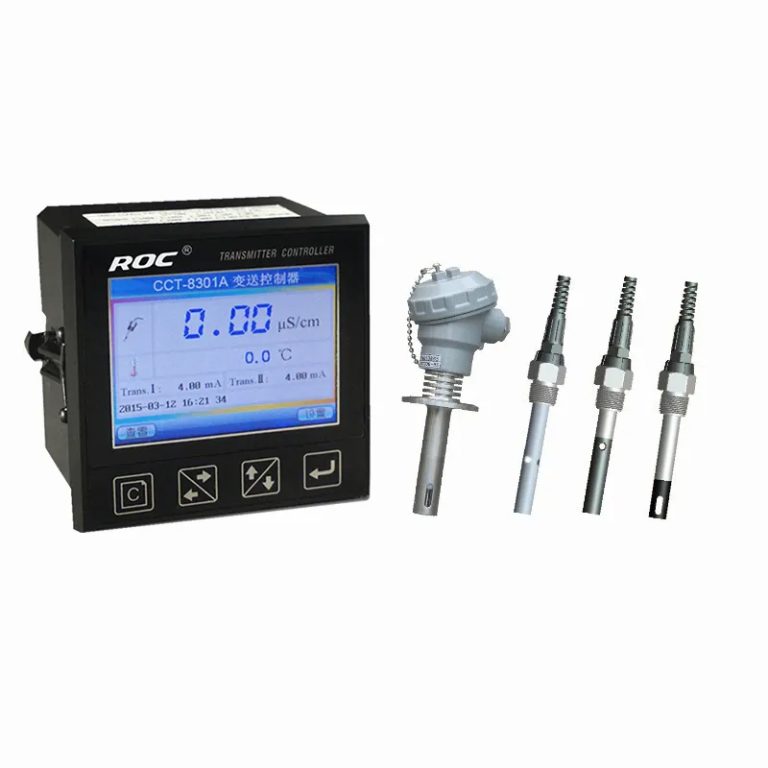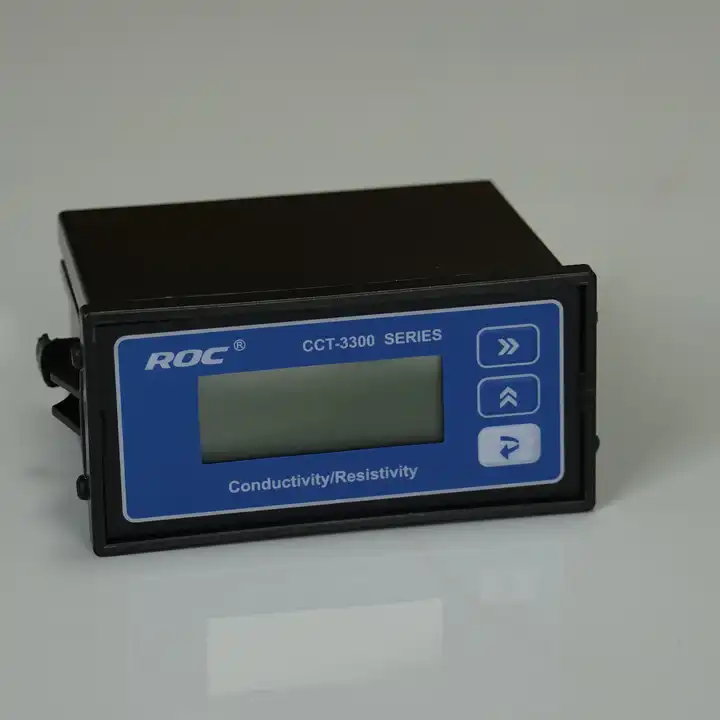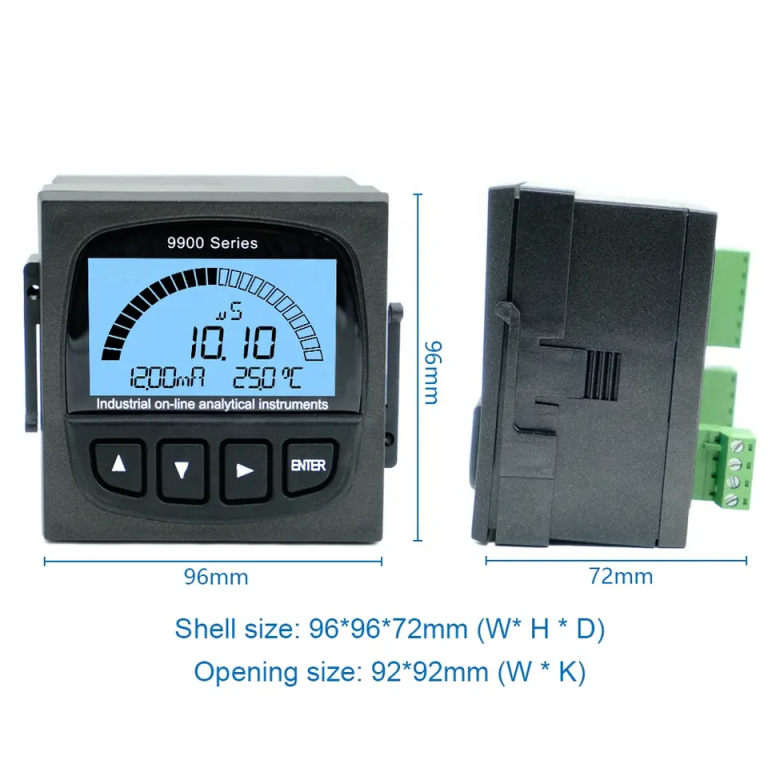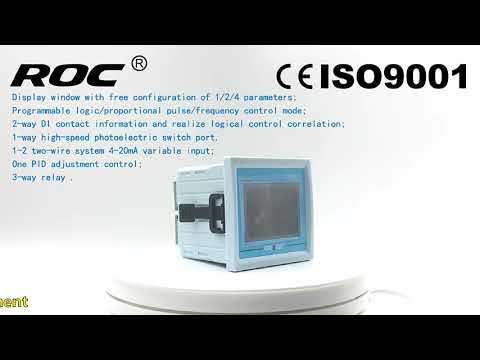Table of Contents
Importance of Calibrating Conductivity Probes for Accurate Measurements
Conductivity probes are essential tools used in various industries to measure the conductivity of a solution. This measurement is crucial for determining the concentration of ions in a solution, which can have a significant impact on the quality of the final product. To ensure accurate measurements, it is important to calibrate conductivity probes regularly.
Calibrating a conductivity probe involves adjusting its readings to match a known standard. This process is necessary because over time, probes can drift out of calibration due to factors such as temperature changes, build-up of deposits on the probe, or general wear and tear. If a probe is not calibrated regularly, it can lead to inaccurate measurements, which can have serious consequences in industries such as pharmaceuticals, food and beverage, and water treatment.
One of the main reasons why calibrating conductivity probes is important is to ensure the accuracy of the measurements. By calibrating the probe against a known standard, you can be confident that the readings you are getting are reliable and accurate. This is crucial for maintaining quality control in manufacturing processes and ensuring that products meet regulatory standards.
Another reason why calibration is important is to ensure consistency in measurements. If a probe is not calibrated regularly, it can give inconsistent readings, which can lead to errors in the production process. By calibrating the probe regularly, you can ensure that your measurements are consistent and reliable, which is essential for maintaining the quality of your products.
Calibrating conductivity probes is also important for troubleshooting purposes. If you are experiencing issues with your measurements, calibrating the probe can help you identify and correct any problems. By comparing the readings from the probe to a known standard, you can determine if the probe is functioning correctly or if it needs to be replaced or repaired.
There are several methods for calibrating conductivity probes, depending on the type of probe you are using and the accuracy required for your measurements. One common method is to calibrate the probe using a two-point calibration, where the probe is adjusted at two different conductivity levels. This method is simple and effective for most applications.
Another method is to calibrate the probe using a single-point calibration, where the probe is adjusted at one conductivity level. This method is quicker and easier than a two-point calibration but may not be as accurate for some applications. It is important to choose the calibration method that is most suitable for your specific needs.
In conclusion, calibrating conductivity probes is essential for ensuring accurate and reliable measurements in various industries. By calibrating the probe regularly, you can maintain the quality of your products, ensure consistency in measurements, and troubleshoot any issues that may arise. It is important to choose the right calibration method for your specific needs and to follow the manufacturer’s guidelines for calibration. By taking the time to calibrate your conductivity probes, you can ensure that your measurements are accurate and reliable, which is essential for the success of your business.
Step-by-Step Guide on How to Calibrate a Conductivity Probe
Calibrating a conductivity probe is an essential step in ensuring accurate measurements of conductivity in a solution. Conductivity probes are commonly used in various industries, including water treatment, agriculture, and research laboratories. Calibration is necessary to account for any drift or changes in the probe’s sensitivity over time.
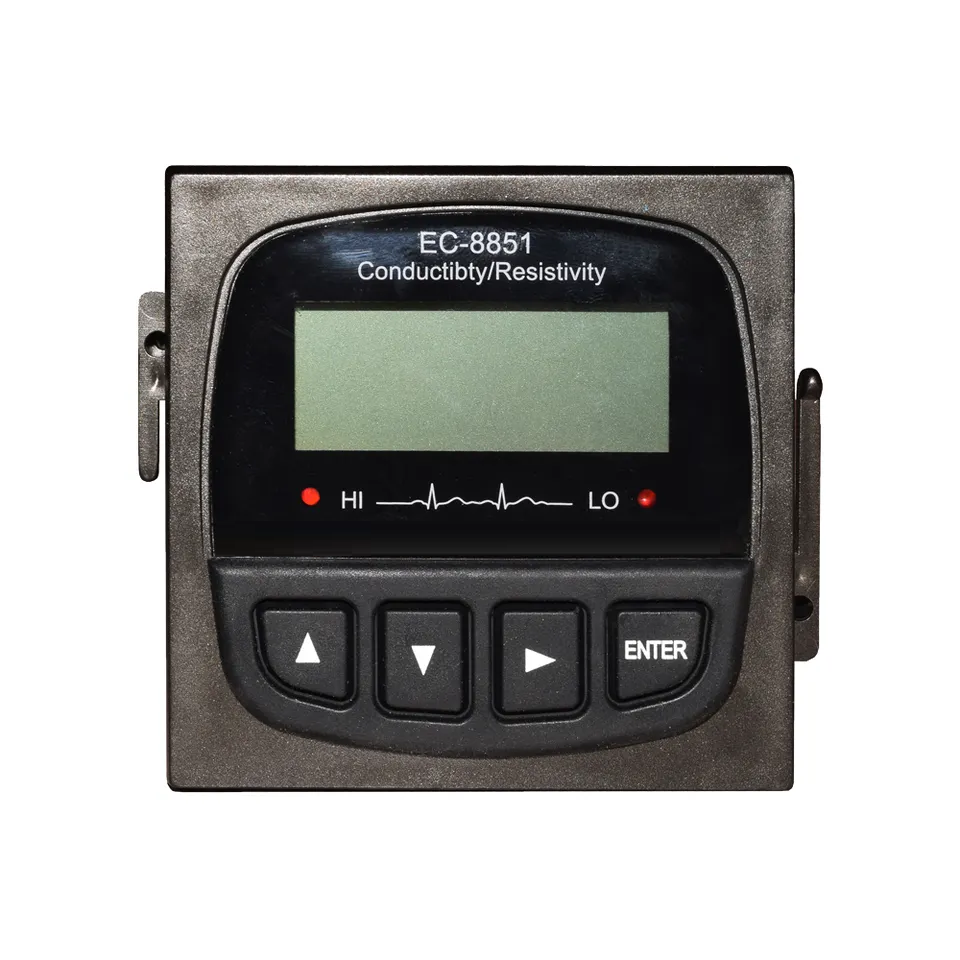
To calibrate a conductivity probe, you will need a calibration solution with a known conductivity value. This solution should be close to the expected conductivity range of the samples you will be measuring. It is recommended to use at least two calibration points to ensure accuracy.
The first step in calibrating a conductivity probe is to prepare the calibration solutions. Make sure to follow the manufacturer’s instructions for preparing the solutions. It is important to use high-quality calibration solutions to ensure accurate calibration results.
| Model | EC-510 Intelligent conductivity meter |
| Range | 0-200/2000/4000/10000uS/cm |
| 0-18.25MΩ | |
| Accuracy | 1.5%(FS) |
| Temp. Comp. | Automatic temperature compensation |
| Oper. Temp. | Normal 0~50℃; High temp 0~120℃ |
| Sensor | C=0.01/0.02/0.1/1.0/10.0cm-1 |
| Display | LCD Screen |
| Communication | 4-20mA output/2-10V/1-5V/RS485 |
| Output | High/Low limit dual relay control |
| Power | AC 220V±10% 50/60Hz or AC 110V±10% 50/60Hz or DC24V/0.5A |
| Working Environment | Ambient temperature:0~50℃ |
| Relative humidity≤85% | |
| Dimensions | 48×96×100mm(H×W×L) |
| Hole Size | 45×92mm(H×W) |
| Installation Mode | Embedded |
Once the calibration solutions are prepared, it is time to calibrate the probe. Start by rinsing the probe with deionized water to remove any residue or contaminants. Then, immerse the probe in the first calibration solution and allow it to stabilize. The probe should be fully submerged in the solution, and the readings should stabilize before recording the conductivity value.
After recording the first calibration point, rinse the probe with deionized water again and immerse it in the second calibration solution. Allow the probe to stabilize in the second solution before recording the conductivity value. It is important to ensure that the probe is fully submerged and that the readings are stable before recording the value.
Once both calibration points have been recorded, compare the measured values to the known conductivity values of the calibration solutions. If there is a significant difference between the measured and known values, adjustments may be necessary. Some conductivity probes have a built-in calibration feature that allows for adjustments to be made directly on the probe.
If adjustments are needed, follow the manufacturer’s instructions for calibrating the probe. This may involve adjusting the probe’s sensitivity or offset to match the known conductivity values of the calibration solutions. It is important to make small adjustments and recheck the calibration points to ensure accuracy.
After making any necessary adjustments, repeat the calibration process to verify the accuracy of the probe. It is recommended to calibrate the probe regularly, especially if it is used frequently or in harsh conditions. Regular calibration ensures that the probe continues to provide accurate and reliable measurements.
In conclusion, calibrating a conductivity probe is a crucial step in ensuring accurate measurements of conductivity in a solution. By following a step-by-step calibration process using high-quality calibration solutions, you can maintain the accuracy and reliability of your conductivity probe. Regular calibration and maintenance of the probe will help to ensure consistent and precise measurements in various applications.

